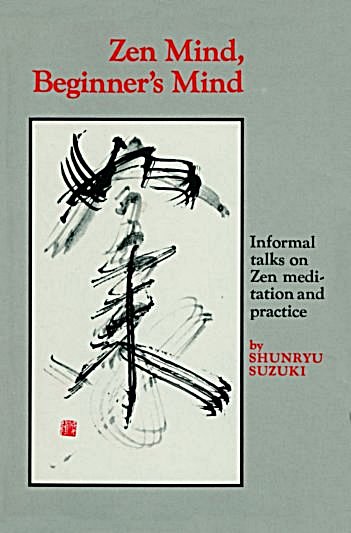

The Buddhist practice of non-attachment can complement Freud’s “evenly hovering attention.” Finally, I will delve into the meditative experience of “emptiness” through psychoanalytic theories.įrom the Buddhist perspective, the idea of “individual self” is an illusion. Vipassana meditation and psychoanalysis are non-judgmental methods created for the purpose of becoming aware of the situations of human beings. Finally, I will address the differences and similarities between the therapeutic methods of each tradition. I will also argue that the concept of “non-distinction” between self and object can be appreciated from the developmental perspective. In this part, I will argue that Zen Buddhism completely overcomes the distinction between self and object because of the self that has the “spirit of inquiries.” However, a distinction between self and object still exists for Kohut. Concerning psychoanalysis, I will investigate two aspects: Freud’s “evenly hovering attention” and Kohut’s “empathy.” Third, I will try to understand self in Buddhism by comparing it with that of psychoanalysis. In examining Buddhism, I will not only discuss the basic approach of meditation in general, but also explore Vipassana Meditation as one of the Buddhist meditations that emphasize the meditator’s awareness of the present.

Next, I will explore therapeutic methods in Buddhism and psychoanalysis. For the analytic perspective, I will focus on Kohut’s understanding of the nature of self, which cannot be separated from object, and compare his view with Descartes and Freud’s understanding of self. Regarding Buddhism, I will focus mainly on the understanding of self in Zen Buddhism and argue that self as a separate entity is an illusion.

To this end, I will first investigate self from the Buddhist and psychoanalytic traditions. Self, as it is considered in Buddhism and the therapeutic methods used to deal with it, is not only comprehensible from an analytical standpoint, but through addressing analogies and similarities of both traditions as well as by discussing differences, some benefit to psychoanalytic practice may be revealed.


 0 kommentar(er)
0 kommentar(er)
